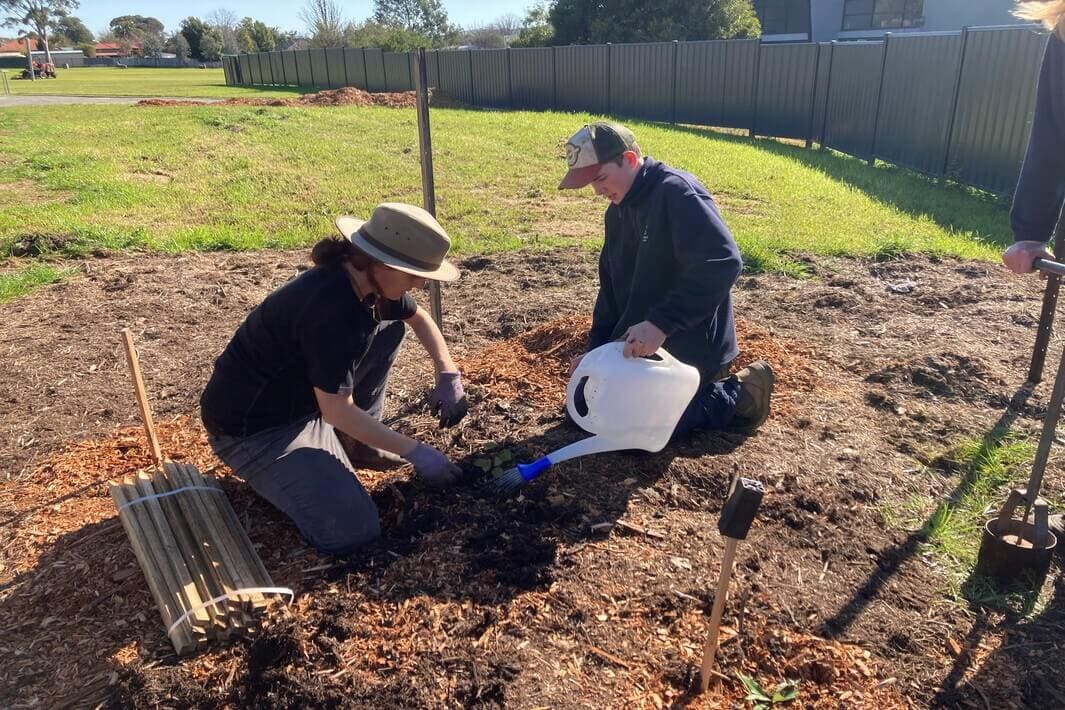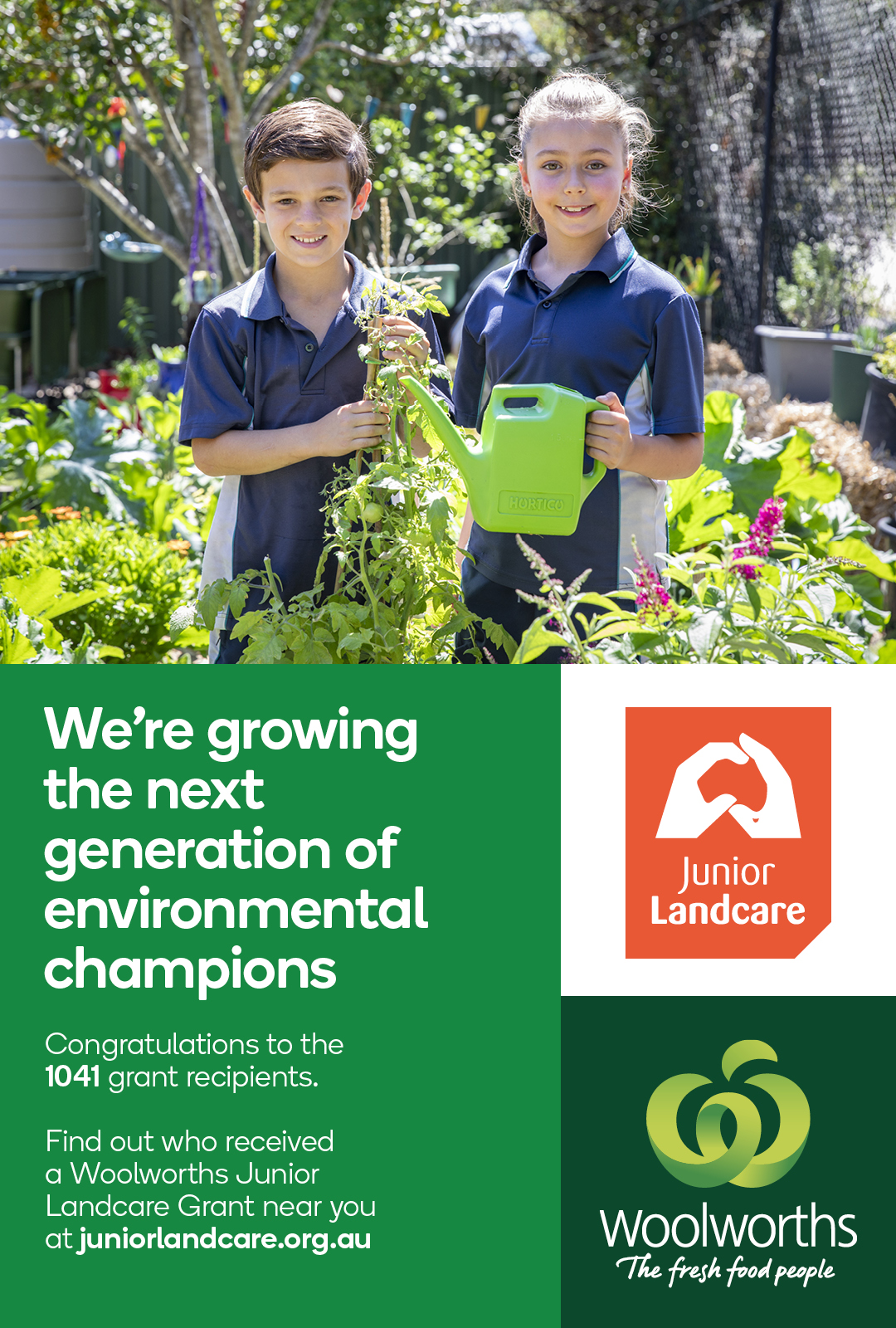CASE STUDY

Age Groups: 13-18
Grant Name: 2022 Victorian Junior Landcare and Biodiversity Grants
School: Seymour College
Grant Sponsor: Department of Energy, Environment and Climate Action
Project Overview
Science students at Seymour College were becoming increasingly aware of the challenges pollinators face in their area as a result of habitat loss. So, using their 2022 Victorian Junior Landcare and Biodiversity Grant, the school went about setting up their ‘Science Saving our Pollinators’ project – a revegetation initiative focused on attracting pollinators to school grounds.
The project also saw the development of an entomology club that will allow students to research the changes in pollinator numbers and species over time, as the plants in their revegetation site mature.
Educational Outcomes
A planting day proved to be a particularly successful part of the project. More than 60 students, staff and a local Landcare member came together, with many students experiencing planting for the very first time! In addition to planting, students also helped with fencing and mulching the garden.
The planting day was also used as an opportunity to discuss how the students’ hard work would improve the local environment, and how both wildlife and humans alike would benefit from the plants being putting into the ground.
Students in year 7, 8 and 9 also completed a unit on 'Bees with Backpacks', to better understand the role of pollinators in the garden.
“The opportunity to have our students plant a native pollinator garden after our 'Bees with Backpacks' unit helped reinforce the learning in a hands-on way. This is a great initiative from Landcare and was enjoyed by the participating students,” said Agriculture teacher, Ms. McClaren.
Environmental Outcomes
The project engaged 100 students in the planting of 445 plants and installing with tree guards, which was done with help from Seymour Urban Landcare Group/Hughes Creek Catchment Collaborative. Being able to leave a legacy for years to come proved to be a real highlight for the students, as well as learning about the different types of plants selected.
A few students from the school were also able to take part in a moth survey night at a local nearby reserve, in collaboration with Seymour Bushland Park Committee.
Conclusion
“The impact on the students involved was very positive – some students did not want to leave and were happily putting in plant after plant,” shared school Laboratory Technician, Clare Watson. “Our students, some of whom are often disengaged, were active participants in the planting.”
Building on the success of the planting, the school is now looking forward to installing some irrigation to their planting site and creating a mini BioLink around school grounds.
 Teachers & Educators
Teachers & Educators Youth or Community Groups
Youth or Community Groups